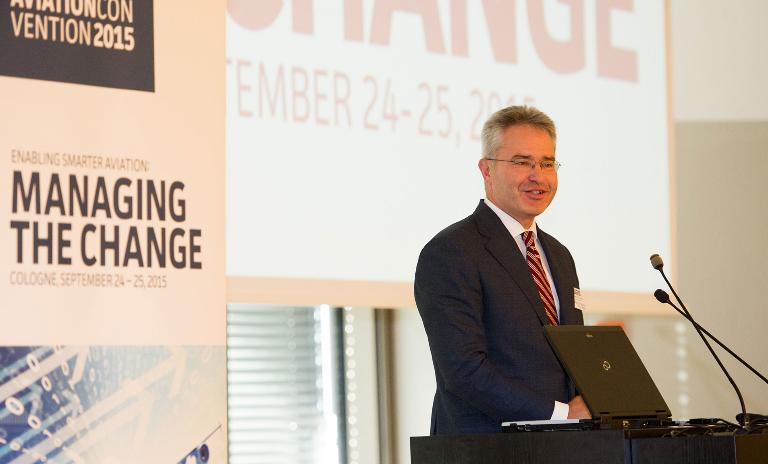" The aviation sector remains the growth industry but over-capacity keeps earning under pressure. "



"We expect the business model adopted by the low cost carriers to become the norm among the traditional carriers."
According to Roland Berger Partner Martin Streichfuss, “Growth is occurring mainly in the Middle East and Asia.” In order to keep up with the competition, many traditional carriers are introducing a number of austerity and other restructuring measures as well as improving cabin factors.
Roland Berger’s aviation experts also analyzed the situation of the airports themselves. Although there is a strong interdependency between airports and airlines, the former have their own challenges to face and there is little correlation in development.

The airports, for example, have begun to reconfigure their business models and include new development options in their strategies. “Many have completely reinvented their business model,” explained Roland Berger Principal Kai-Marcus Peschl, “with their actions ranging from extending the types of goods and services available at airports to engaging in much closer cooperation with airlines and other partners and even developing new urban communities.”
"Digitization is going to change the entire sector for good, presenting both airports and airlines with a while new breed of competition."
More and more airports are beginning to extend into new business segments, starting with the collection and use of customer data such as the destination, purpose and frequency of journeys and extending to a full-fledged digital service package including self-check-in, WLAN access and online parking space reservations and taxi bookings.
Nevertheless airports still have not fully exhausted their turnover potential. “Few have established their own customer relationship management system or work systematically with big data,” according to Peschl. Besides, the data they have, is often restricted to such basics as the purpose of a traveler’s journey. Thus, there is still considerable potential for improvement: Just think about further digital services such as hotel reservation or car sharing. The same is true of e-payment services, automated bag drop and digitized customs controls.

Roland Berger’s aviation experts recommend a range of measures with which airports will be able to tap into more of the potential offered by customer-oriented and digital solutions. These include planning and defining specifically targeted investments, identifying the most relevant potential income streams based on collected data, and entering into partnerships with specific airlines and retail outlets in order to utilize customer data in the best way.

To survive in the digital business environment and to profit from the availability of big data, players need a strong brand, customer focus and a bespoke product range. For this reason, Streichfuss recommends creating an independent business unit: “It is all about redefining data-based business.”
![{[downloads[language].preview]}](https://www.rolandberger.com/publications/publication_image/roland_berger_aviation_radar_2015_20151002_1_download_preview.png)
Where can the aviation industry go next? We discovered that while airlines and airports remain very much interdependent, they are following their own development paths and face their own challenges.